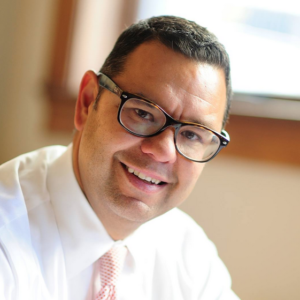Restorative Justice: Bridging the Gap Between Offenders and Society
Throughout the United States restorative justice programs are popping up offering offenders and victims an opportunity to heal. The idea of restorative justice is not new and has ancient roots in indigenous conflict resolution practices. It can be as simple as saying your sorry but is defined as a theory of justice that emphasizes repairing the harm caused or revealed by criminal behavior. It is best accomplished through a cooperative process which includes all the stakeholders such as the offender, victim and society.
There are three key principles of restorative justice: 1) restore those who have been injured, 2) participation by those who have been harmed, and 3) incorporation of the government’s role in preserving public order and the community’s role in maintaining peace. Within these three key principles are four key values furthered by restorative justice which include: 1) creating voluntary opportunities for offenders and victims to meet and discuss the aftermath of the event, 2) expecting offenders to repair the harm they have caused, 3) seeking to restore both the victim and offender to whole contributing members of society, and finally 4) providing opportunities for the parties to participate in resolution.
Utah has several restorative justice programs including a victim/offender mediation process and truancy mediation. All of these programs are strictly voluntary for both the offender and victim. Program goals include encouraging the offender to learn about the impact of their actions and to take responsibility for any harm caused. According to research, these types of programs have high satisfaction rates among victims and offenders, reduces victims fears and creates a greater liklihood the offender will complete restitution obligations and lowers recidivism rates. Ongoing studies suggest greater satisfaction rates for offenders and victims who participate in a restorative justice program as opposed to those who go through the traditional court process. Bottom line, offenders who participate in these types of programs have a better understanding of the harm they caused with greater empathy for their victims and as a result are less likely to re offend.
